How to Create an Odor-Free Chicken Run: Enhancing Your Garden
- March 7, 2024
- 0 comment
In the quest for sustainability and beauty in our backyards, the concept of a chicken run that is not only visually appealing but also functional and free of unpleasant odors is a game-changer.
Integrating composting methods within a chicken run offers numerous benefits, including enhanced soil fertility and reduced waste.
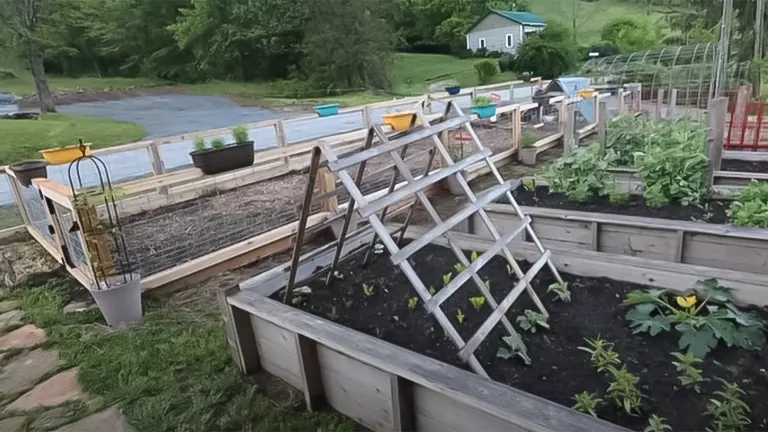
This guide provides comprehensive insights into creating an effective, odorless chicken run that contributes positively to your garden’s ecosystem.
Table of Content List:
- Design Considerations for an Aesthetic Chicken Run
- Incorporating Composting into Your Chicken Run
- The Benefits of a Compost-Enriched Chicken Run
- Maintenance Practices for a Healthy Chicken Run
- Enhancing Your Garden with Compost from Your Chicken Run
Understand of Basics Innovative Chicken Runs
The integration of chickens into the garden ecosystem is an age-old practice that has been reimagined to meet modern sustainability standards.
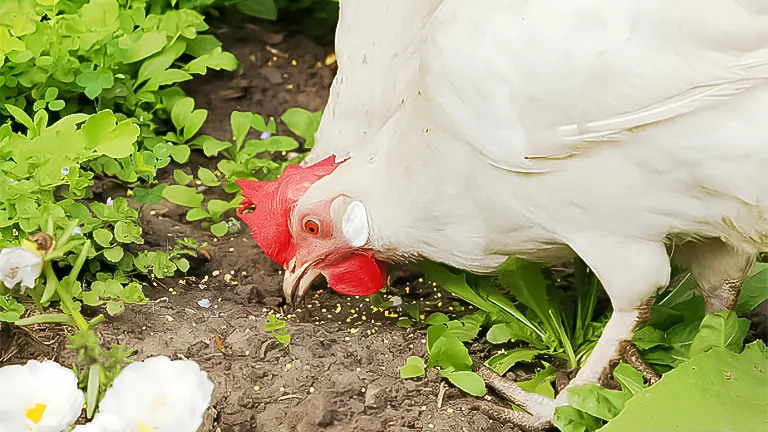
By designing a chicken run that incorporates composting, one can enjoy the dual benefits of waste reduction and soil enrichment without compromising on aesthetic appeal.
This guide will explore the key components and management practices required to achieve a successful, odor-free chicken run that enhances your garden’s beauty and productivity.
1. Design Considerations for an Aesthetic Chicken Run
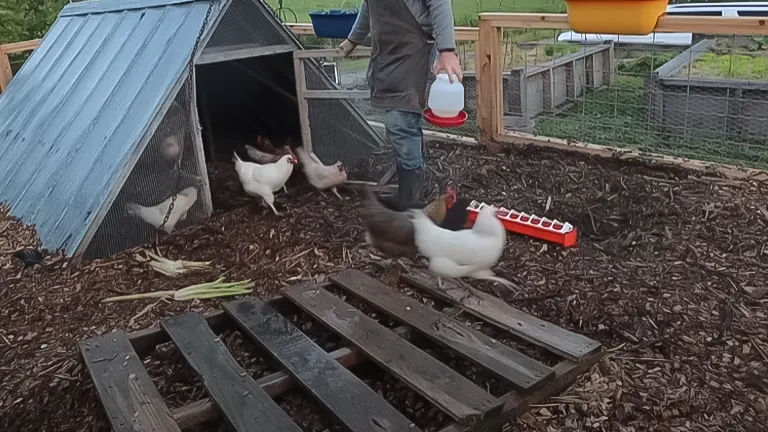
- Space Efficiency and Accessibility: Optimal use of space is crucial in creating a chicken run that is both functional and attractive. Designing with ergonomics in mind ensures ease of access for maintenance and egg collection, enhancing the overall experience of keeping chickens.
- Material Selection for Durability and Style: Choosing the right materials is essential for building a chicken run that lasts while complementing your garden’s design. Cedar wood, known for its durability and resistance to rot, is an excellent choice for constructing a visually appealing and long-lasting structure.
2. Incorporating Composting into Your Chicken Run
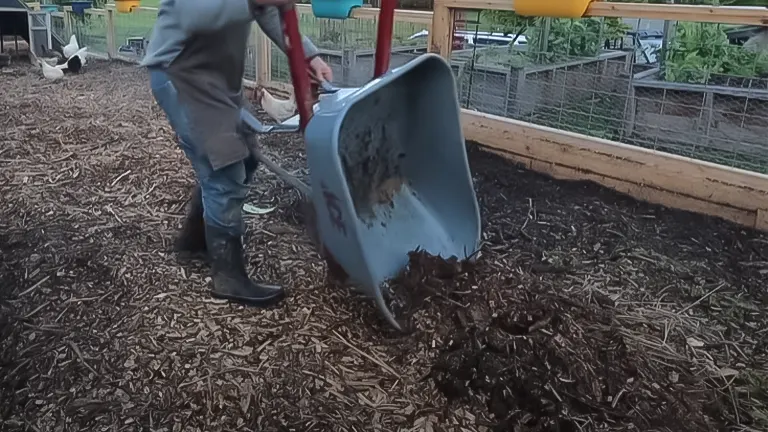
- The Role of Chickens in Composting: Chickens are natural foragers and can significantly accelerate the composting process. Their activity helps to aerate and turn the compost, speeding up the breakdown of organic material into nutrient-rich soil conditioner.
- Layering for Odor Control: A key strategy in managing odors is the use of deep litter methods, such as layering wood chips or straw, which absorb waste and reduce smell. Regularly adding fresh layers keeps the run clean and odor-free.
3. The Benefits of a Compost-Enriched Chicken Run
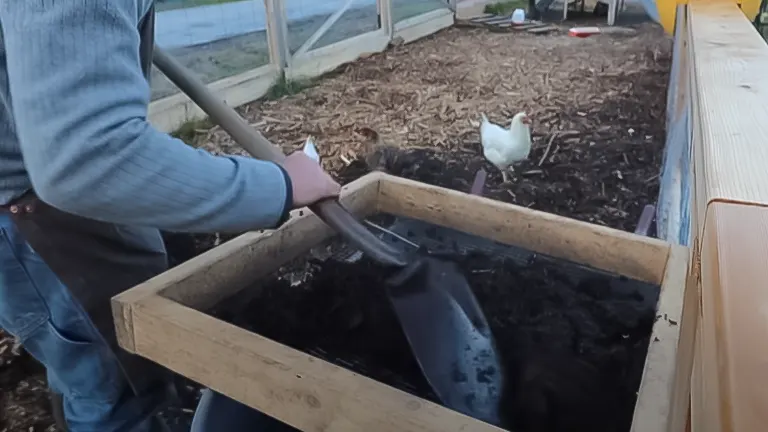
- Soil Enrichment: Compost generated within a chicken run is an excellent source of organic matter, enriching the soil with nutrients essential for plant growth. This natural fertilizer supports a healthy and productive garden.
- Waste Reduction: A composting chicken run efficiently recycles kitchen scraps and garden waste, significantly reducing the amount of organic material sent to landfills.
4. Maintenance Practices for a Healthy Chicken Run
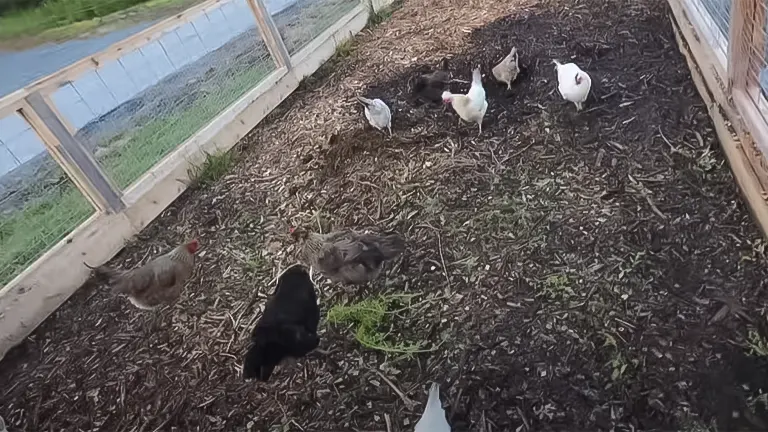
- Regular Cleaning and Layering: To maintain an odor-free chicken run, it is important to clean the area regularly and add fresh bedding material. This not only controls odors but also promotes a healthy environment for the chickens.
- Compost Harvesting: Periodically removing and using the compost in your garden is a rewarding aspect of managing a chicken run. This practice ensures the continuous production of high-quality compost while keeping the run clean.
5. Enhancing Your Garden with Compost from Your Chicken Run
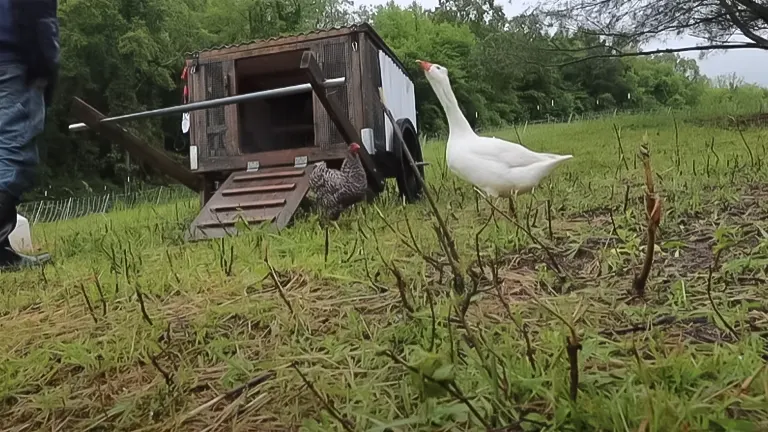
- Application Methods: Utilizing compost from your chicken run as a mulch or soil amendment can significantly improve soil structure and moisture retention, leading to healthier plants and increased yields.
- Seasonal Considerations: Timing the application of compost to coincide with planting seasons maximizes its benefits, providing essential nutrients to plants when they need them most.
Advantages and Disadvantages
Advantages
- Sustainability: Utilizes kitchen scraps and garden waste, reducing landfill contributions.
- Soil Enrichment: Provides a steady supply of compost, improving soil health and plant growth.
- Reduced Odors: With proper maintenance, the system minimizes unpleasant smells typically associated with chicken runs.
- Pest Control: Chickens eat various pests, helping to maintain the health of the garden without harsh chemicals.
- Educational Value: Offers learning opportunities about sustainable living and organic gardening practices.
Disadvantages
- Initial Investment: Requires upfront costs for materials and setup.
- Maintenance: Demands regular cleaning and monitoring to maintain an odor-free environment.
- Space Requirements: Needs adequate space to implement effectively, which might not be feasible for those with smaller yards.
- Predator Risk: Chickens can attract predators, requiring secure and sometimes costly protective measures.
- Seasonal Considerations: Some climates may present challenges that require additional considerations, like insulation during cold weather or shading during hot seasons.
Additional Tips
- Rotate Bedding Regularly: Change or add fresh bedding material every few weeks to absorb waste and maintain a clean, odor-free environment.
- Implement a Composting Schedule: Designate times to turn and harvest your compost to ensure it’s properly decomposed and ready for garden use.
- Plant Chicken-Friendly Garden: Incorporate plants around your chicken run that chickens can enjoy and that can also benefit from the proximity to your chickens, like herbs or certain robust vegetables.
- Water Management: Ensure proper drainage in your chicken run to prevent water pooling, which can exacerbate odor issues and create unhealthy conditions for your chickens.
- Predator Proofing: Regularly inspect and reinforce your chicken run’s fencing and covering to protect your flock from predators and prevent escapes.
Related Articles:
- Best Bedding For Chickens
- Best Safe Chicken Coop Heater
- 8×8 Chicken Coop Plans
- Turning a Shed Into a Chicken Coop
- How to Make a Chicken Coop Out of Pallets
- Best Sand for Chicken Coop
- How To Insulate a Chicken Coop
- How To Heat a Chicken Coop
- How To Keep Water from Freezing in Chicken Coop
- How to Build a Chicken Coop
- How To Build Chicken Nesting Boxes
- How to Raise Happy and Healthy Chickens in Your Backyard
- When Can Chicks Go Outside? Timing and Tips for a Smooth Transition
- 12 Reasons why Ducks are Better than Chickens
- Best Automatic Chicken Coop Doors 2024: Expert Reviews & Buyer’s Guide
- Best Fans for Chicken Coop 2024: Effective Cooling Solutions Reviewed
- Best Automatic Chicken Coop Doors for the Money 2024
Final Concluding Thoughts
Creating a chicken run that is both aesthetically pleasing and functional represents a harmonious blend of nature and sustainability. By following the guidelines and best practices outlined in this guide, you can achieve a vibrant, odor-free chicken run that enriches your garden, reduces waste, and contributes to a more sustainable lifestyle. This approach to backyard poultry keeping and composting not only enhances the beauty and productivity of your garden but also fosters a deeper connection with the natural world.
Embrace the possibilities of a sustainable, odor-free, and visually stunning chicken run that benefits both your garden and the environment. With careful planning, creative design, and regular maintenance, you can transform your backyard into a thriving ecosystem that inspires and nourishes.
Frequently Asked Questions
- What makes a chicken run odor-free?
An odor-free chicken run is achieved through proper ventilation, regular cleaning, and the strategic use of deep litter methods such as adding carbon-rich materials (e.g., wood chips or straw) that absorb waste and reduce smell. - How often should I clean my chicken run to keep it odor-free?
The frequency of cleaning depends on the size of your run and the number of chickens, but a general guideline is to perform spot cleaning weekly and a more thorough clean-up every few months, with regular additions of fresh bedding material. - Can I use the compost from my chicken run in my garden immediately?
It’s best to let the compost mature for at least 3-6 months before using it in your garden to ensure it’s fully decomposed and safe for plants. - What materials are best for constructing a chicken run?
Durable, non-toxic materials like cedar wood are ideal for constructing a chicken run due to their natural resistance to rot and pests. - How do I maintain a balance between chicken welfare and garden productivity?
Ensure your chickens have ample space, proper nutrition, and enrichment activities. Simultaneously, use their composted waste to enrich your garden soil, creating a symbiotic relationship between the chicken run and your garden. - What’s the minimum space requirement per chicken in a run?
A minimum of 10 square feet per chicken in the run is recommended to provide enough space for them to express natural behaviors without overcrowding, which can lead to odor issues. - How can I prevent pests and predators in my chicken run?
Secure the run with hardware cloth, bury the edges to prevent digging predators, and consider a covered run to protect against aerial threats. Regularly clean the run to discourage rodents. - Is it necessary to clip my chickens’ wings in a secure run?
Wing clipping is optional and usually not necessary in a fully enclosed or sufficiently high run. It’s primarily used to prevent chickens from flying over fences in less secure or open areas. - Can kitchen scraps be added directly to the chicken run for composting?
Yes, kitchen scraps can be a valuable addition to your composting process in the chicken run, but avoid adding meat, dairy, and processed foods to prevent pests and odors. - What are the signs that my chicken run compost is ready to use in the garden?
The compost should be dark, crumbly, and have an earthy smell, with no recognizable food or waste materials. It should also be cool to the touch, indicating that the decomposition process is complete.
We’d love to hear from you! Share your personal experiences and thoughts about creating and maintaining The Ultimate Odor-Free Chicken Run & Garden Guide in your backyard. Your insights and stories could help fellow enthusiasts elevate their backyards too! Leave your comments below and let’s cultivate a community of backyard innovators together!

Edward Smith
Forestry AuthorWoodworking is about more than crafting; it's a harmonious connection with nature, mastering tools, and preserving our environment. I'm here to share my knowledge and experiences with you, forging a future where we can embrace wood's beauty and utility while safeguarding our forests' health and diversity.




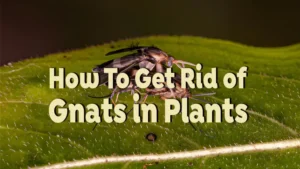



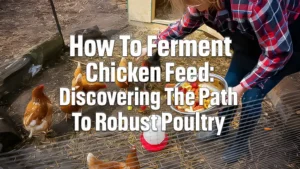




Leave your comment